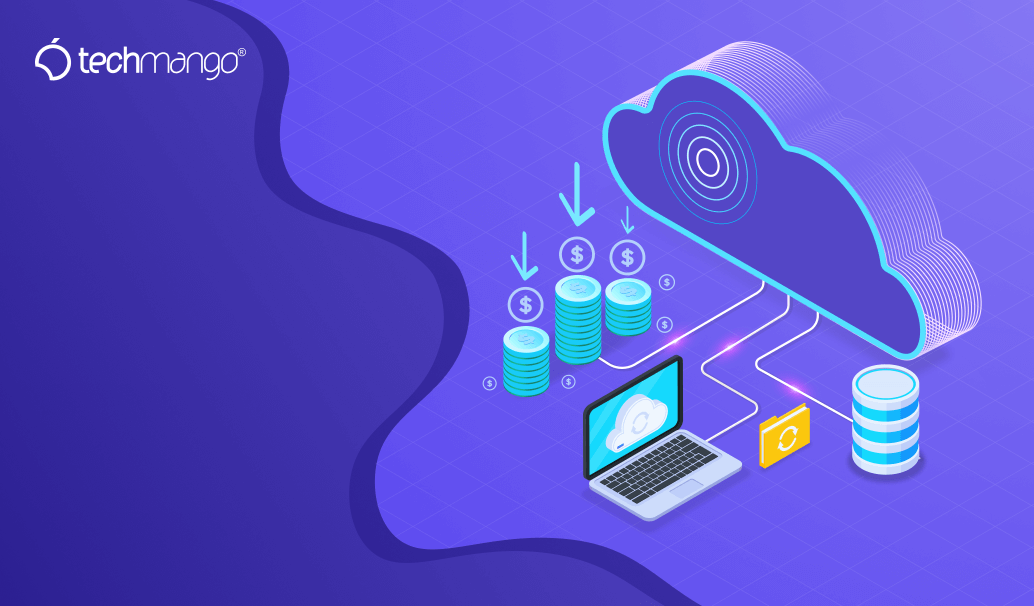Cloud computing provides tremendous potential for Small & Medium-sized businesses. cost savings in the cloud can be achieved as long as paying attention to cloud cost optimization. For the last few decades, Cloud cost optimization has been the top priority for most companies. The company’s strategy is to reduce overall money spent on the infrastructure by identifying unused and unmanaged resources, reserving capacity for higher discounts, right configurations, and right-sizing computing services to scale.
Some best practices for using cloud-native tools such as Docker, Terraform, Openshift, and Kubernetes include techniques for reducing cloud spending on cloud computing resources. Unfortunately, one of the most common mistakes companies make is not paying close attention to the amount of money they spend on cloud resources. If you don’t have a good grasp of your cloud spending, it will be difficult to optimize.
Cloud cost optimization is a method of utilizing cloud resources like AWS Lambda or Azure Functions or any resources effectively at minimal viable cost, without affecting the ongoing business of the company. It requires in-depth knowledge about running a cloud resource and its cost involved so that the knowledge can be transferred to
the team and arrive at well-organized strategies, techniques, and a robust solution to optimize the resources used.
Guidelines of Cloud Cost Optimization :
Instance:
Amazon Web Services, one of the leading cloud infrastructures offers over 300+ instance types. Selecting the right instance is a good practice. The instance you choose should be based on your application and business requirements. Spot Instances can play an important role in reducing cloud costs. Spot Instances are redundant cloud computing /capacity offered at discounted prices by cloud service providers such as AWS, Azure, and Google Cloud. If you use the exact instance, you can not ensure reliability, so that cloud providers can interfere with these services at any time, but they can be used to handle the parties and many other workloads. AWS is called a point instance, Azure calls the service as VM, and GCP calls the instance as a VM instance.
Setting Budget:
When it comes to cloud computing, budgeting is critical. The monthly budget depends on the instance you prefer. For example, if you only need email hosting, your monthly budget will be much less than building a database-driven website with lots of disk space. Once you’ve set a budget for yourself and developed a strategy, it’s time to start optimizing your costs.
Automation:
Utilizing automation and pay-as-you-go can assist with saving cloud costs. As we probably are aware, a large portion of the cloud suppliers have a pay-as-you-go only as costs arise, a value model where you pay for assets just when you utilize them. Additionally, by utilizing foundation as code (IaC) and auto-scaling approaches, you can naturally turn up assets when you really want them and shut them down when you don’t. Switching off inactive assets is a principal, yet another critical practice to get a good deal on your cloud bills. One significant supporter of overspending is inactive and unallocated assets.
Cost-Aware Culture:
Creating a cost awareness culture within the organization can assist leaders and developers to understand their own cloud expenditures. Training and workshops will make everyone more aware of the benefits of using cloud resources and the best practices to follow. Giving special attention to weekly or monthly reports on cloud spending data can help teams get organized and see what mistakes they are making and how they can avoid them. Resource consumption limits and alerts can assist you in identifying overspending. Creating a cloud spending and cost awareness culture within the organization can assist engineering leaders and developers in understanding their own cloud spending. Resource consumption limits and alerts can assist you in identifying overspending.
Conclusion
As more businesses adopt cloud computing services and cloud-native methodologies to deploy code and scale quickly, it is up to each individual to keep costs under control and best practices in place. Following these simple guidelines should help you start saving money on the cloud in no time.
